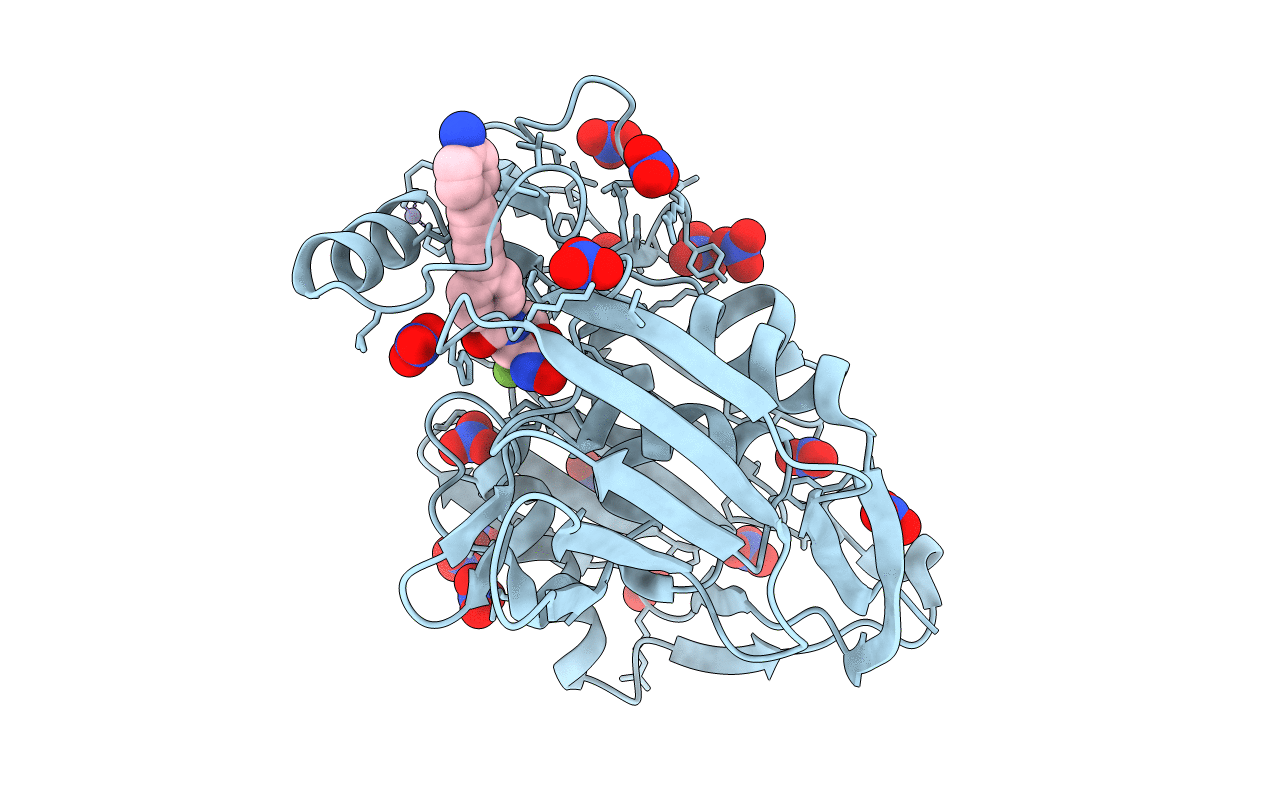
Deposition Date
2015-09-16
Release Date
2016-03-09
Last Version Date
2023-09-27
Entry Detail
PDB ID:
5DRR
Keywords:
Title:
Crystal structure of the Pseudomonas aeruginosa LpxC/LPC-058 complex
Biological Source:
Source Organism:
Host Organism:
Method Details:
Experimental Method:
Resolution:
1.59 Å
R-Value Free:
0.20
R-Value Work:
0.17
R-Value Observed:
0.18
Space Group:
P 21 21 21


